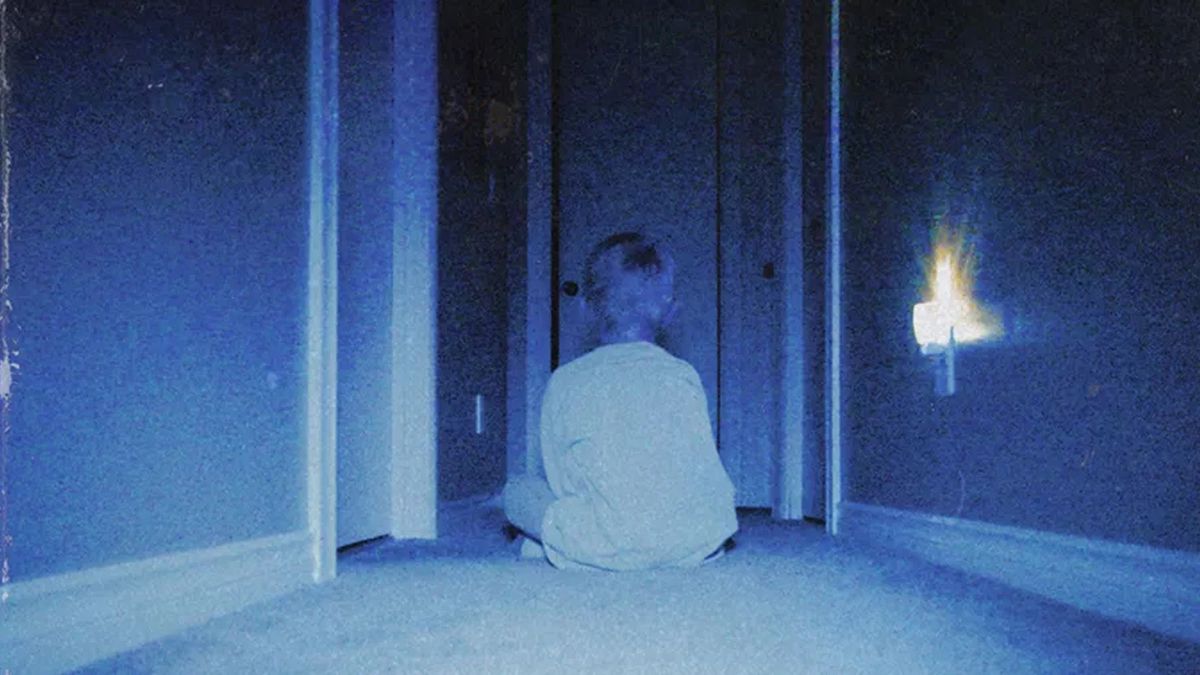By Linus Chunn
Staff Writer
For three years, California has received less than normal amounts of rainfall and snow, resulting in damage to cities and farms. Although federal officials reported on Jan. 26 that 49 percent of the state is no longer in a drought, many problems still plague California.
Daily readings from more than 100 electronic sensors placed across the Sierra Nevada show that the water content in California’s reservoir is already 108 percent more than the amount of water in the reservoir back in Jan. 1.
Heavy rains caused an oveflow of water in the Oroville Dam and damaged its two spillways meant to prevent water from overflowing. This threatened flash flooding and resulted in the mandatory evacuation of 188,000 residents of Sacramento.
The evacuation order was lifted on Feb. 15 after rain levels decreased. The rain also resulted in the water at Lake Berryessa to rise high enough to drain into a vertical spillway, known as the “Morning Glory,” for the first time in ten years.
Despite the record amount of rainfall, officials are still wary of the drought returning.
“We’re hoping people don’t get carried away by these figures and fail to recognize how quickly things can change,” stated Doug Carlson, spokesman for the state Department of Water Resources. “They can change on a dime. We are still encouraging people to be water conscious and consider water conservation to be a California way of life.”
If water is not conserved it is possible that the entire state of California may go back to being drained of water once more. Dozens of small communities are already in danger of running out of their water supply.
According to The Telegraph, due to the lack of water to use for irrigation, farmers are forced to drill underground to drain the water supply, going deeper than 2,000 feet and draining more than four trillion gallons of water. If continuously used to sustain farms without being replenished, it could result in severe damage to the environment and will eventually lead to famine.

